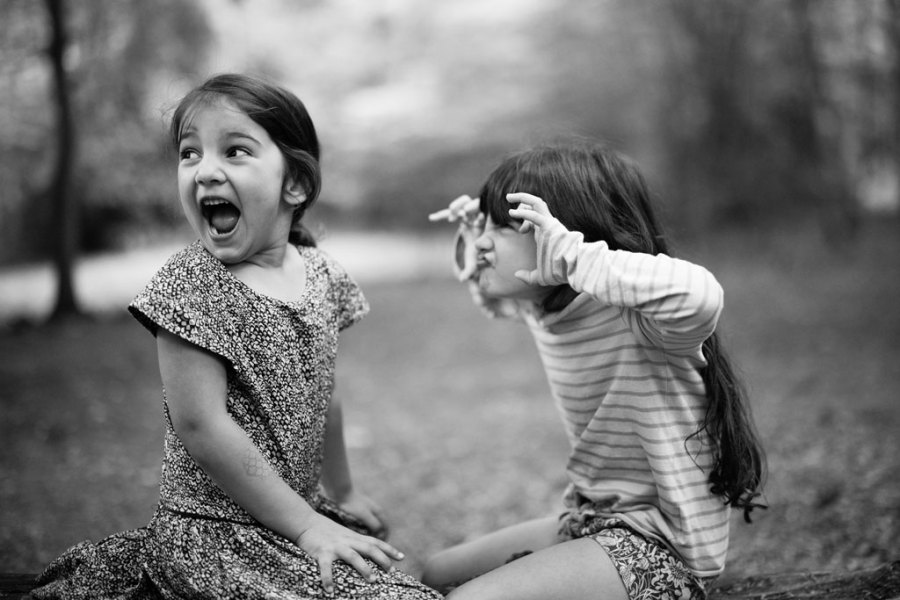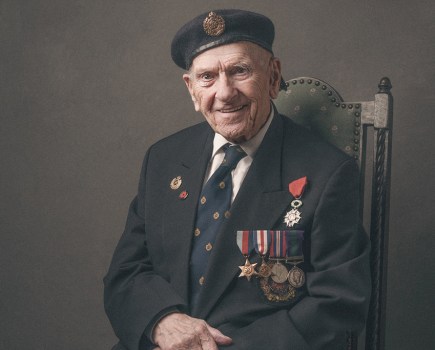Helen Bartlett, a Canon ambassador and expert in family photography, believes that capturing the essence of childhood and recording family memories through photography is both immensely fun and hugely rewarding. See more of her work here www.helenbartlett.co.uk and www.instagram.com/helenbartlettphotography
In this article, Helen draws on her twenty years of experience in the family photography business to offer tips and techniques to capture engaging portraits of children and elevate your photography.
What Would You Want to Remember?
I always use this question as a starting point for my family photography. What would I want in a picture from my childhood, and what do the subjects of my photos want to remember?
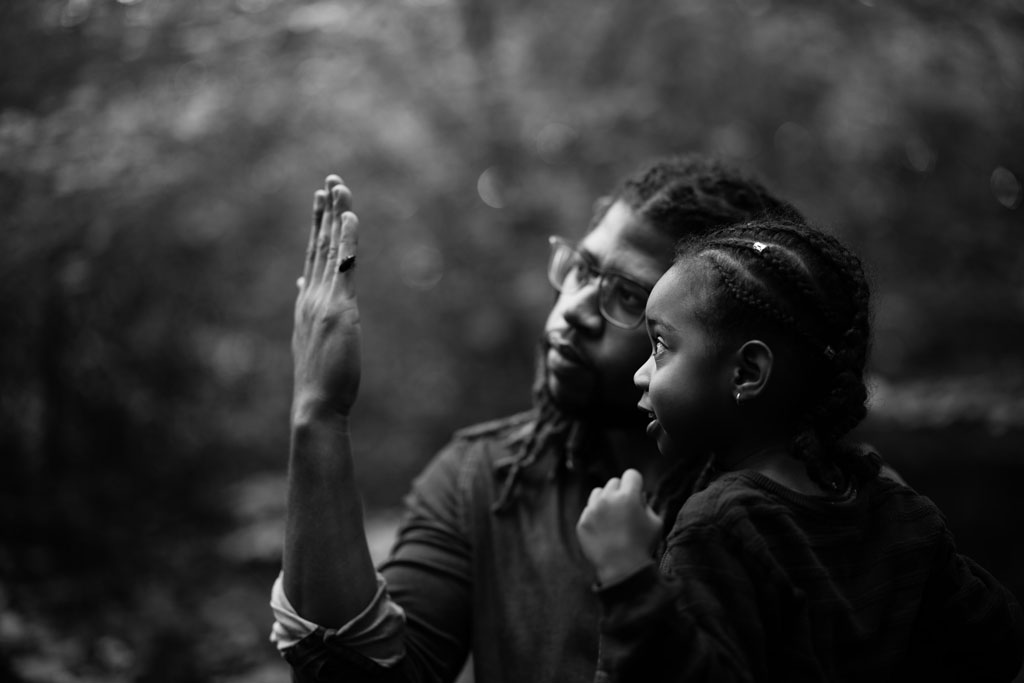
The key elements tend to be ‘who is in the family, and what are their relationships,’ so a group shot is always important, but also images that show relationships between family members. Seeing how we laugh is a lovely thing to remember.
What do people look like? Portrait photographs record a likeness and build a story over time of changing and growing up. A beautiful headshot is a lovely thing to have.
What are the stories of this point in their lives? What do the children love to do? Where do they love to go? What makes them laugh and jump for joy?
Take these as your starting point, and you can’t go wrong.
How to take group shots

I always prioritize a group shot when photographing families. I like to do these first, as I find children are most likely to sit still at the beginning of a session. I’ll find something for people to sit on, like a fallen tree with a beautiful background, or I’ll ask adults to pick up younger children. Then I’ll take an eyes-to-the-camera shot before waiting to see what develops. It’s often the shots taken a few minutes later, when everyone relaxes and begins to interact, that really tell a story.
If you are placing a family on a sofa or bench, try to vary the heights, perhaps have younger children standing or sitting on the armrests. You want to create variety in your image with different heights and shapes. Think in terms of triangles for a visually compelling composition.
Take a Portrait

A headshot portrait will always be popular with parents, and over time they build up a beautiful document of how a child grows. If I’m taking these indoors, I’ll head to the window. I’ll position myself with my back to the window and have the subject look towards the light for beautiful catchlights in the eyes.
If I’m outside, then I find a patch of overhead shade and have the subject look out towards the light.
Using a telephoto lens, such as an 85mm, compresses perspective for a flattering headshot, and I like to use a shallow depth of field, such as f/2 or f/1.2, to blur the background and really concentrate attention on my subject’s eyes. Try using the widest aperture your lens has available and see how that separates your subject from their surroundings.
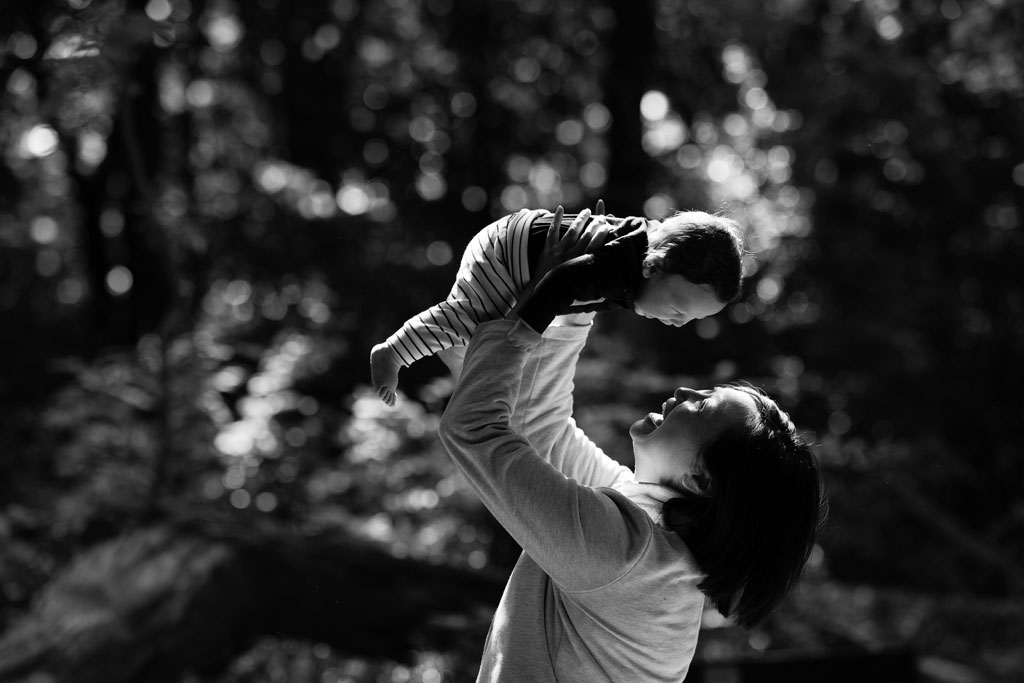
Tell Stories
Telling stories with our cameras is a joy. Images that will bring back memories for our subjects and remind them of people, places, and the activities they loved to do. My Canon RF 35mm f/1.8 is my favourite storytelling lens, as I can get nice and close and fit multiple subjects in the frame.
Find out what the children’s favourite activities are and photograph those. The kids will have a brilliant time, and these images will be so powerful in the future.

Incorporating the environment into the pictures can add storytelling elements – a beautiful landscape near the family home or even the squidgy sofa everyone sits on for Friday evening movie nights. These elements all have a place in our pictures.
The Challenges of Photographing Children
Engaging young children is crucial. With little ones, it’s important to make things fun and keep activities going. If you want to get a shot of little ones together, then make it into an activity, perhaps the log you sit on is a train or a bus. Get them to whisper secrets to each other for conspiratorial smiles or tell a joke to provoke a belly laugh. Try to avoid asking young children to smile or say “cheese” as this often results in forced expressions.
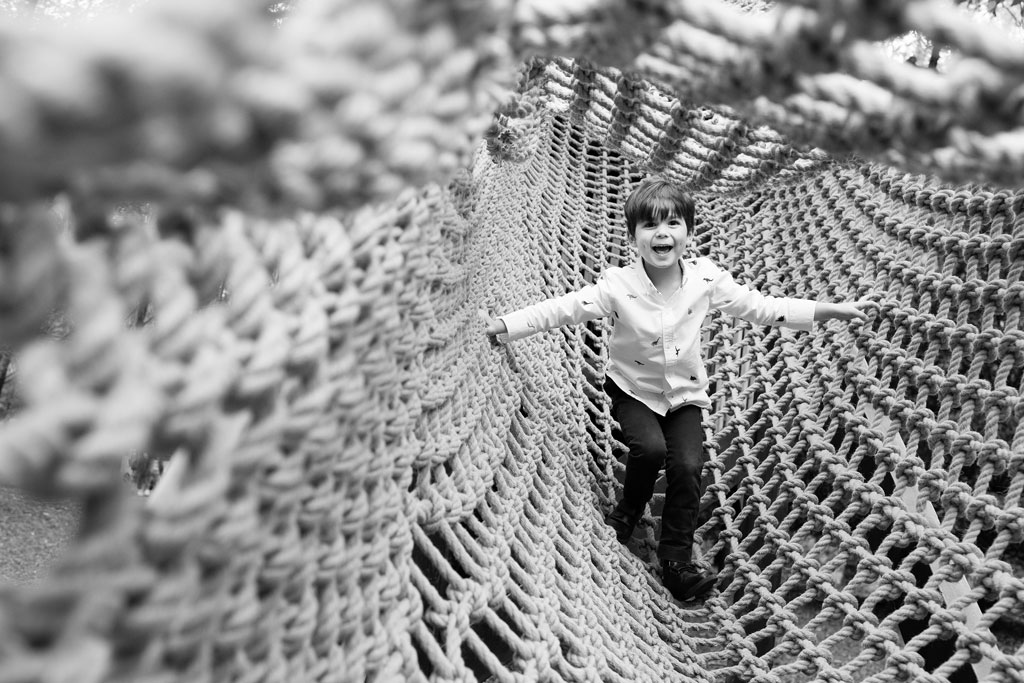
Empower teenagers by giving older children a say in how they are portrayed in their pictures. Teenagers have such a sense of self and style and will appreciate being given a role in the planning. This approach ensures they will enjoy the process and love the pictures. Find out hobbies and interests in advance so you can plan your images and encourage games and activities that will involve interaction and laughter.
Traditional tabletop games like Jenga and cards often work very well with teenagers, as they will forget the camera in the heat of the moment. Engaging parents in the game too ensures a wide range of emotions and interactions, capturing the essence of family fun. Music and sports also work incredibly well, and it’s a joy to record these activities for them to look back on in the future.
Working Around Naps and Snacks
The importance of sleep and a good meal is never more noticeable than when photographing people. If a baby has missed a nap or blood sugar is running low, then bad tempers often follow. I recommend photographing children early in the day when they are well-rested and have just had breakfast.
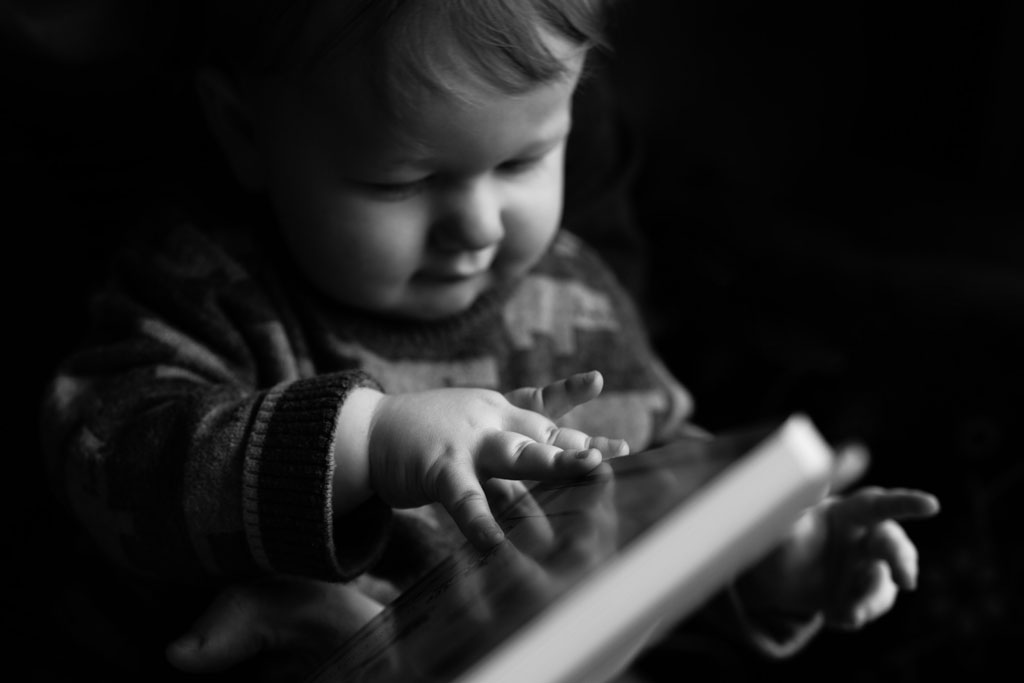
Keep some snacks in the bag and stick to normal routines where naps are involved. It’s much better to have a break and a cup of tea while a little one sleeps and continue when they have woken up than miss a nap and risk a meltdown. Always carry wipes because snacks are messy, and retouching biscuit crumbs takes an unexpectedly long time.
Choosing the Right Equipment
While it’s true that the best camera is the one you have with you, opting for a dedicated camera over a smartphone greatly enhances the quality of your images, and having control over your settings opens up a world of opportunities.
I shoot with a Canon EOS R5 and a variety of RF lenses, but there are myriad brilliant options out there to fit your style and budget.
I would recommend a fast prime lens for photographing children indoors, and the ‘nifty fifty‘ is a great place to start. For Canon R series users, then Canon’s RF 50mm f/1.8 STM is an inexpensive way to try shooting with a fixed focal length and a fast aperture, while the Canon RF 50mm f/1.2L USM is the most beautiful lens I’ve ever used.

I find the Canon RF 35mm f/1.8 MACRO IS STM lens is my go-to for indoor pictures, combined with either a 50mm or an 85mm for portraits and longer shots. If you enjoy the convenience of a zoom, then a 24-70mm f/2.8 is a great place to start, and if the children you are photographing love sport and you need a bit more reach, then the 70-200mm is a very flexible focal range (although usually too long when working indoors unless it’s a very big space).
Lens choice is very personal, so try a few different options and see what works for you. There are a lot of great options for hiring lenses, or perhaps swap with a friend or camera club colleague for a weekend so you can shoot with something new which is a brilliant way to enhance creativity.
See our guide to the best portrait lenses for different camera makes.
Start Outdoors
Photographing children is unpredictable as they don’t sit still, and photographing children indoors can be a challenge, so when you are starting in this genre, head outdoors. Having more light means you have greater flexibility on shutter speed to capture movement (and I’d advise a shutter speed of 1/1000 sec or above to freeze movement on running and jumping children). Push your ISO up if needs be, modern cameras are incredibly good in low light.

Playgrounds can be a great place to photograph children, as everyone has a fun time. Avoid photographing strangers by altering your angle, photographing up from a low angle, will usually give you sky as a backdrop and means you can avoid other park users.
A wider aperture with a blurred background also helps in busy areas to ensure your images are free of distractions. Do be aware some parks require a permit for professional photography.
Look to See What the Light Is Doing
Avoid harsh overhead light when photographing children outdoors and head towards the shade. You can often move the action without your subjects noticing if you kick the football into the shade or suggest hunting for the Gruffalo under the trees. Make everything a game to ensure consistent fun.

Early morning and evening light is softer as the sun is lower in the sky, so get everyone out and about early to make the most of empty parks and low sunshine. Evening light is beautiful, but children are often tired later in the day making it a harder time for a family photo shoot.
Indoors, be mindful of downlighters, which are ubiquitous in modern houses. These create a very directional light from above which causes shadows under the eyes. Where possible, switch them off and use window light instead.
What to Wear?
I’m often asked what clients should wear for their family photos, and this does depend on the family. Matching outfits can look smart and classical, whereas other families prefer to mix and match to highlight individuality.
I always try to avoid clothes with words on, as these are always distracting. We naturally read the words before looking at the subjects, and when children are moving, you rarely get a whole word visible. If you are photographing a lot of people together, then avoid too many clashing patterns, as these can be very distracting when viewed together. Stripes, spots, florals, and graphic shapes together can overwhelm an image.
I always suggest plain colours in neutral tones, but I love a child in a Spiderman costume too. Reflect the personalities of your subjects, and you can’t go wrong.
Experiment with Settings
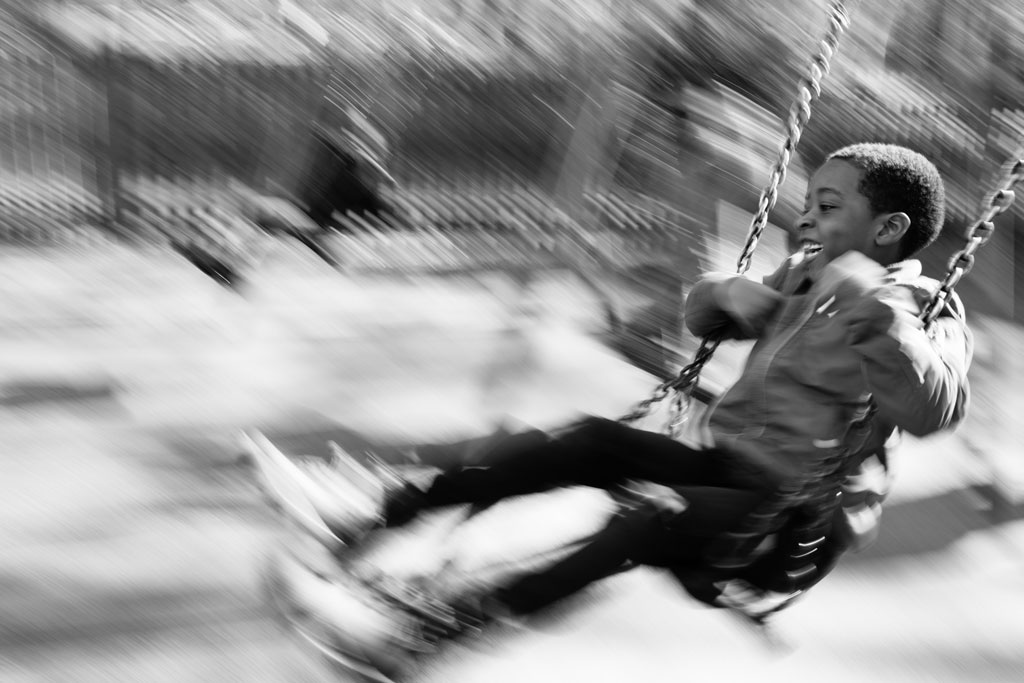
One of the joys of photographing children is the opportunity to experiment with creative photography. I love to study sports photographers for their creative use of movement in their images.
Try a longer shutter speed and panning your camera to capture a feeling of movement in your images – this works particularly well with children running in the park, riding their bikes, or playing on the swings.
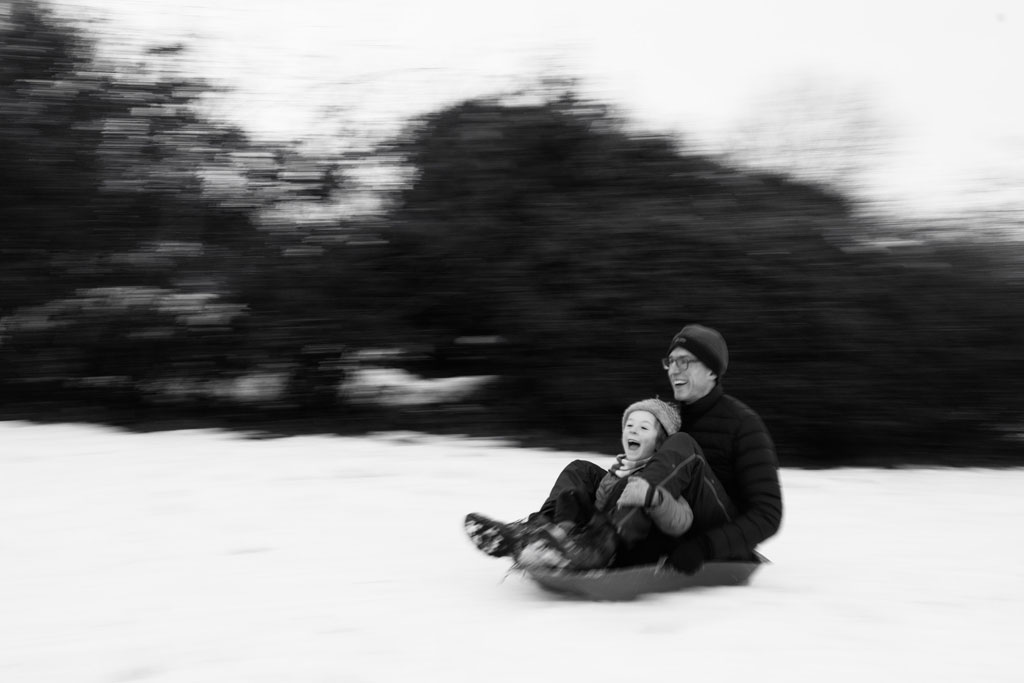
Use a fast shutter speed to freeze the frame of a child in play, leaping in the air, or playing with water on a hot summer day. Aperture gives you a myriad of creative possibilities, from a very small aperture such as f8 to get everyone in a large group shot in focus or to have front-to-back sharpness on an image with depth and layers, or a wide aperture to blur your background and create a compelling portrait.
Mix Up Your Angles
When photographing little ones, get down to their level for compelling eye contact and successful communication. I spend a lot of time on the ground when photographing young children, and a pair of waterproof trousers is a great investment to make life more comfortable. If I’m photographing babies, I’ll often place them on their parents’ beds to raise them up for a better angle. This often brings them closer to the window light too, and if you have a white duvet or blanket, this will act as a reflector, popping additional light into their faces. Always have parents close by in case a little one rolls; safety is always the number one priority when photographing babies and children.
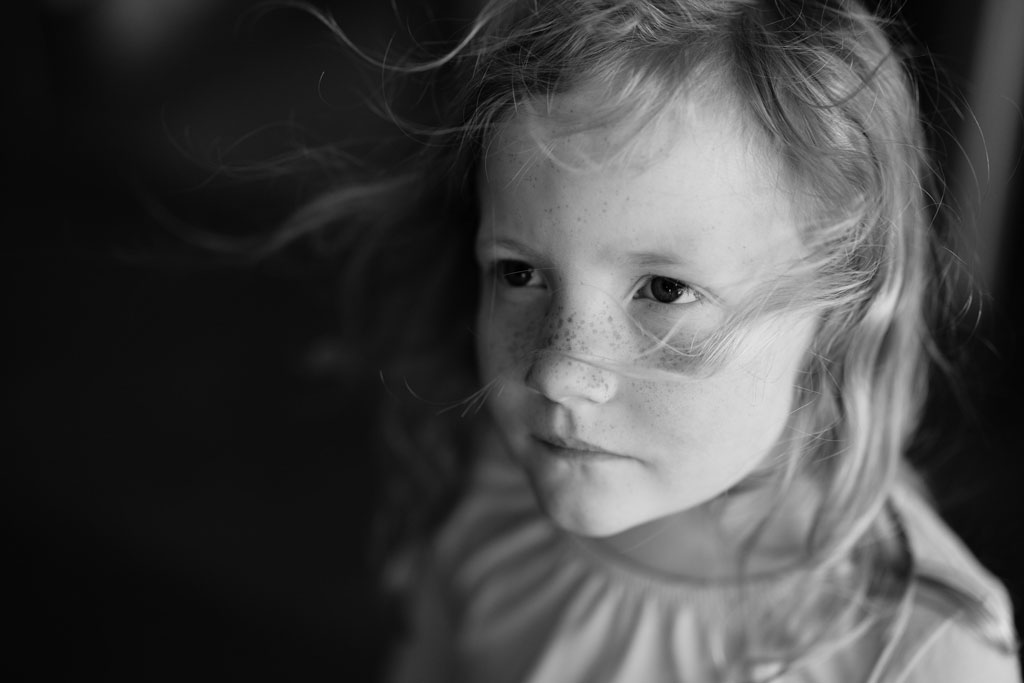
Get in the Frame
If you are photographing your own family, then make sure to get in the frame yourself.
There’s always one family member who is always behind the camera, and your children will want to know you were there too. Get in the frame, use a self-timer, take a selfie, or hire a professional to photograph your family (and give you some tips along the way). Being in the frame is something you and your family will never regret.
Print Your Photos
Once we have taken all these wonderful images, make sure to print your photos. Back up your images on the cloud or an external hard drive and print them off. Frame them on the wall, Sellotape them on the fridge. Have them up and about for you and your family to enjoy. If your children have shown an interest in photography, then print and frame their images too. I vividly remember the first time my dad helped me print one of my holiday pictures 18 inches across and hung it in the dining room. That confidence boost encouraged my love for photography and my future career.

Most Importantly, Have Fun
Photographing children and families is the most fun we can have with a camera. The images we take will have huge value to the people in the pictures as the years go by. Enjoy it, play, experiment, and have fun. The more you do it, the better you will get, and the more fabulous memories you will be able to record for the people you love.
Related reading:
- Family photography ideas to try today
- Best Online Photo Printing – Signed, sealed, delivered, they’re yours
- Complete guide to portrait photography
Follow AP on Facebook, Twitter, Instagram, YouTube and TikTok.

